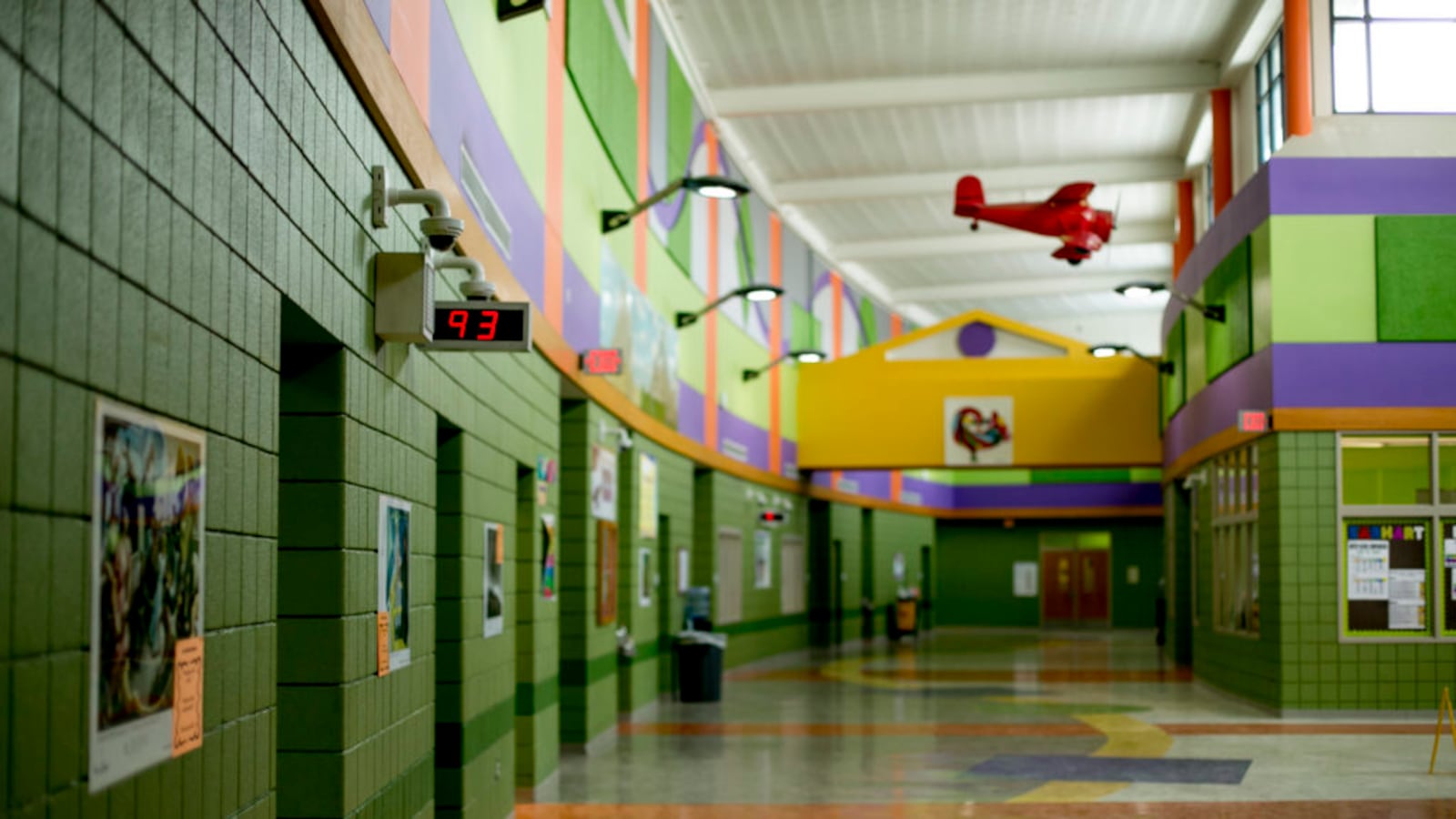On an average day, roughly 16% of New York City public school students have not been in touch with their schools, according to attendance data that gives an early glimpse into how schools are transitioning to remote learning.
But the preliminary data, which raise important questions about how many students are missing out entirely on instruction during the coronavirus pandemic, come with an important caveat: Schools have not yet uploaded attendance data for about one in five students.
According to the data collected, only 84.3% of students have had some kind of daily interactions with their schools — whether that be answering a phone call from a teacher, mailing in printed packets of work, or logging into a virtual classroom. Last school year, before coronavirus bore down on New York City, average daily attendance was almost 92%.
Complicating matters: There is no systemwide standard for marking students present or absent, and each of the city’s 1,800 public schools is able to set its own attendance policy while campuses are shuttered.
“This cannot be considered attendance in the traditional sense but helps us understand who is and isn’t interacting daily, and is data we’re using to support students and prevent learning loss,” Miranda Barbot, an education department spokesperson, said in a statement.
The figures reflect attendance from April 6-14, capturing only a small portion of the time students have spent outside of classrooms since schools shut down on March 16 and remote learning began the following week.
Students are not expected to return to their classrooms this academic year, shaving off about a third of in-person instruction for 2019-2020.
Data show that attendance tapers off considerably in upper grades. In pre-K, the average daily attendance rate was almost 86%. Elementary school students had the highest rate at nearly 88%. Middle school attendance was found to be roughly 86%, and high school attendance was just over 77% — though some of the city’s large high school campuses have yet to submit data, according to the education department.
Each school is handling attendance in its own way, but policies generally boil down to whether there’s been any interaction with a student on any given day.
At Park East High School in Harlem, students are asked to fill out a short survey on their school website every morning, said Assistant Principal Suzy Ort. They must mark themselves as present and answer an extra question that helps teachers keep tabs on how they’re doing, such as “Are you OK with technology?” Then, teachers flag students who were marked “absent,” and compare that to records showing who participated that day — submitting an assignment, for example, or taking part in a discussion for English class.
“That two-pronged system is helping us track kids who forget the new system of logging in but who are present and in class doing work,” said Ort, who added that remote attendance at Park East has floated between the high 80s and low 90s, compared to its typical 95%.
Schools are considering whether students turned in an assignment online or through the mail, or participated in an online discussion thread. Being marked present, though, doesn’t always mean students are doing work. It could mean answering a phone call or email from the school, or just logging in to mark oneself present on a Google spreadsheet.
New York City faced major challenges in engaging with all of its students even before the pandemic. About 114,000 students are homeless or otherwise lack permanent housing. More than 70% come from low-income families, a demographic that has been disproportionately affected by the virus’ health effects and economic fallout. Before remote learning kicked off, education department leaders estimated that 300,000 students lacked a device to get online.
Barbot, the education department spokesperson, said the city is tracking attendance data so that schools can “focus on those students or schools showing trends of limited or inconsistent interactions.” Schools are being asked to conduct a new round of outreach to students who haven’t engaged.
“We are constantly refining this data to target support and intervention at schools that need it most,” she said.
Attendance data will now be released weekly and could get more accurate over time as schools improve their reporting.


